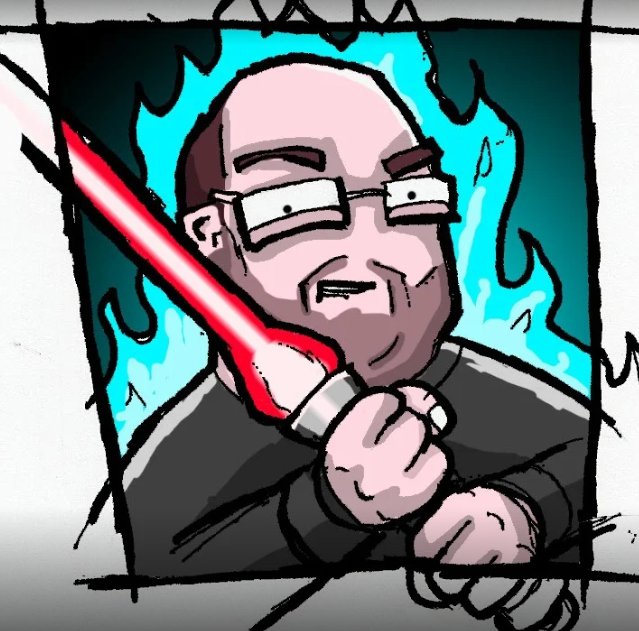From PS1 to PS3, here are the best PlayStation lightgun games of all time
Opinion | Charting three console generations of PlayStation's oft-overlooked lightgun peripheral
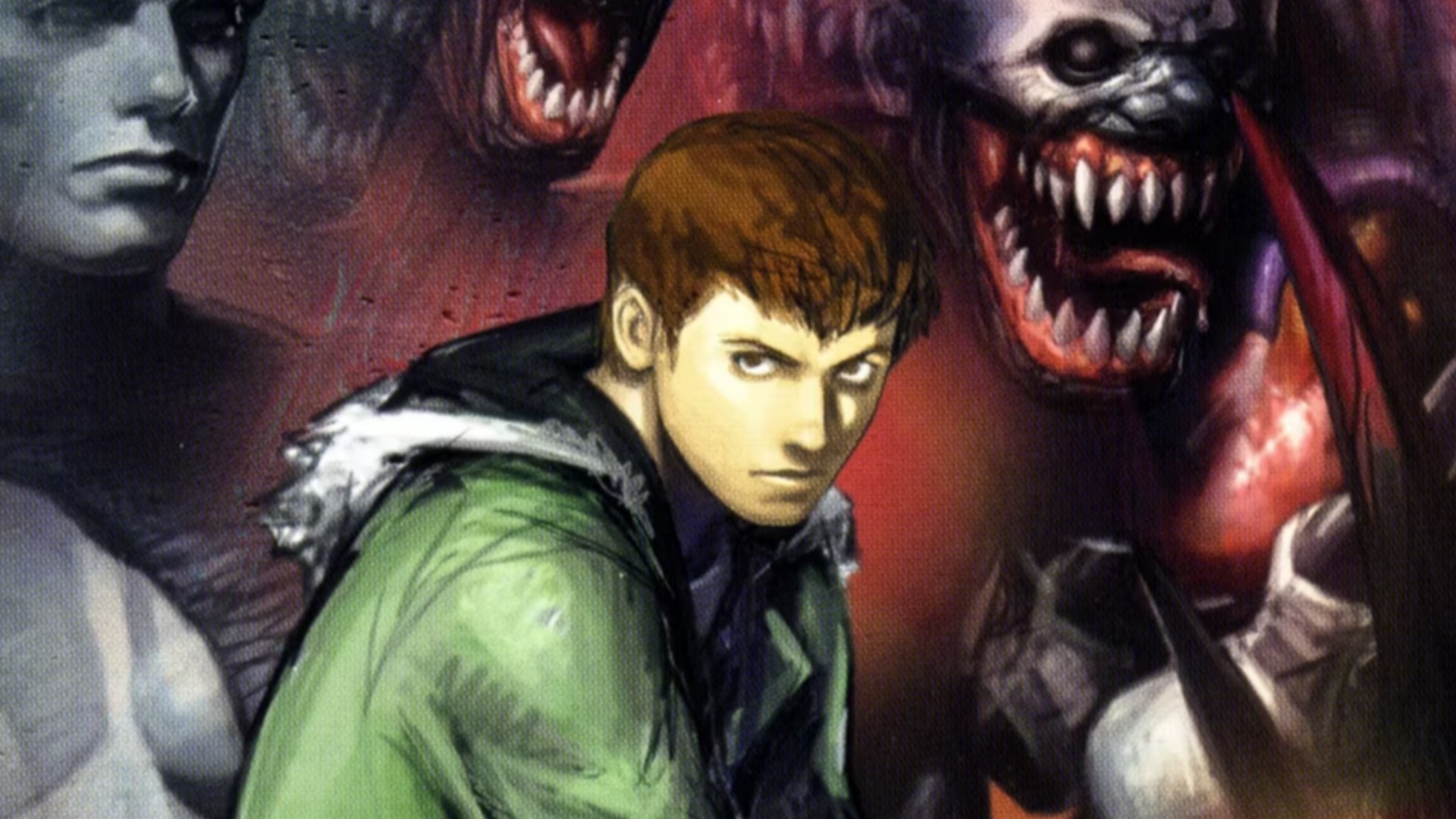
During the late 1990s and early 2000s arcades literally boomed to the sound of games which used lightgun peripherals. Home console developers wanted a slice of that pie and began porting coin-op classics to consoles, as well as developing new titles.
Many players picked up one of the lightguns launched for PlayStations one to three, and while a handful of the games will live on as gems, others missed the mark, usually thanks to confused mechanics. We’re going to look at the games that best define this niche genre – usually for better, sometimes for worse, but always shooting from the hip.
Die Hard Trilogy
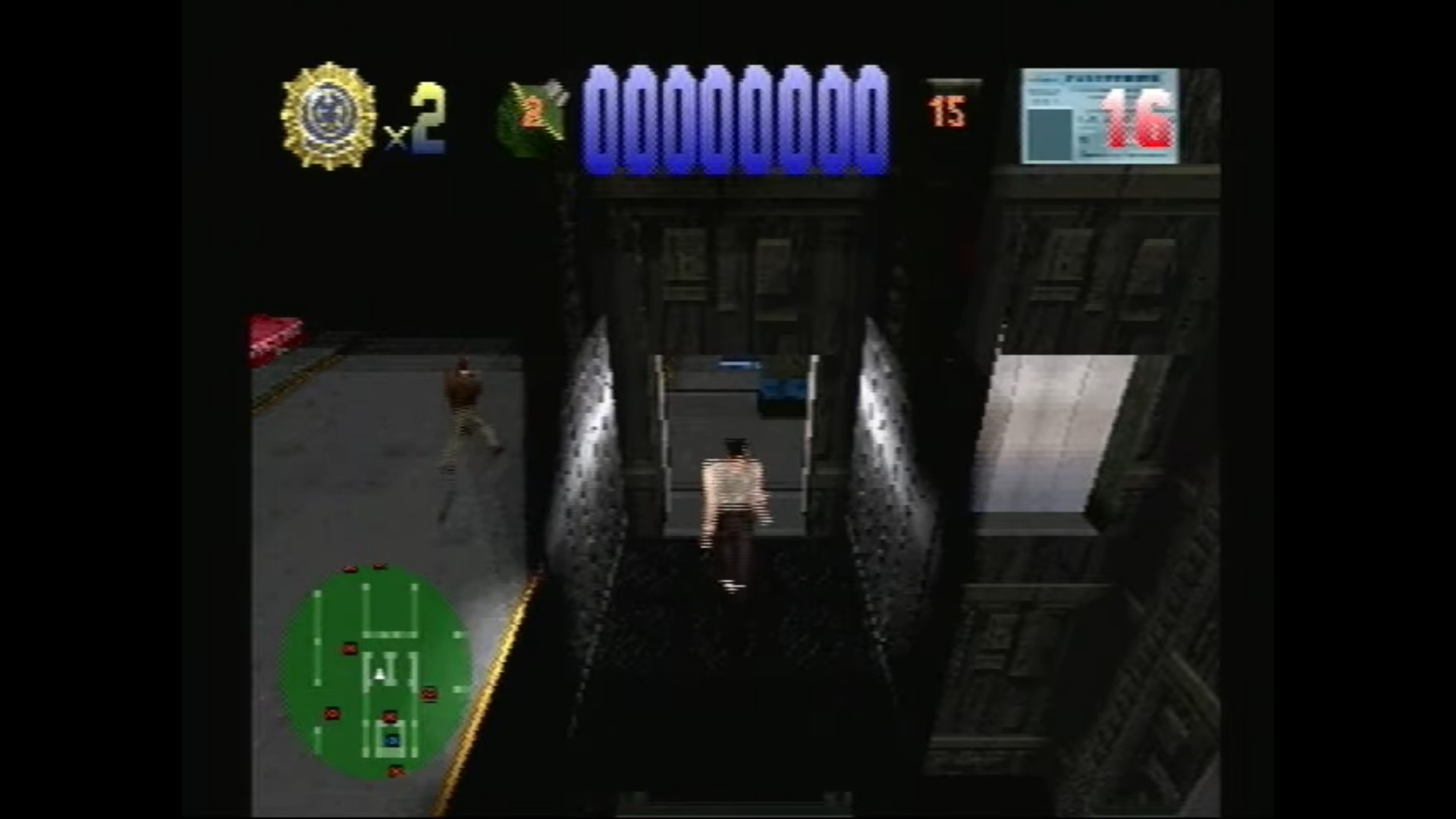
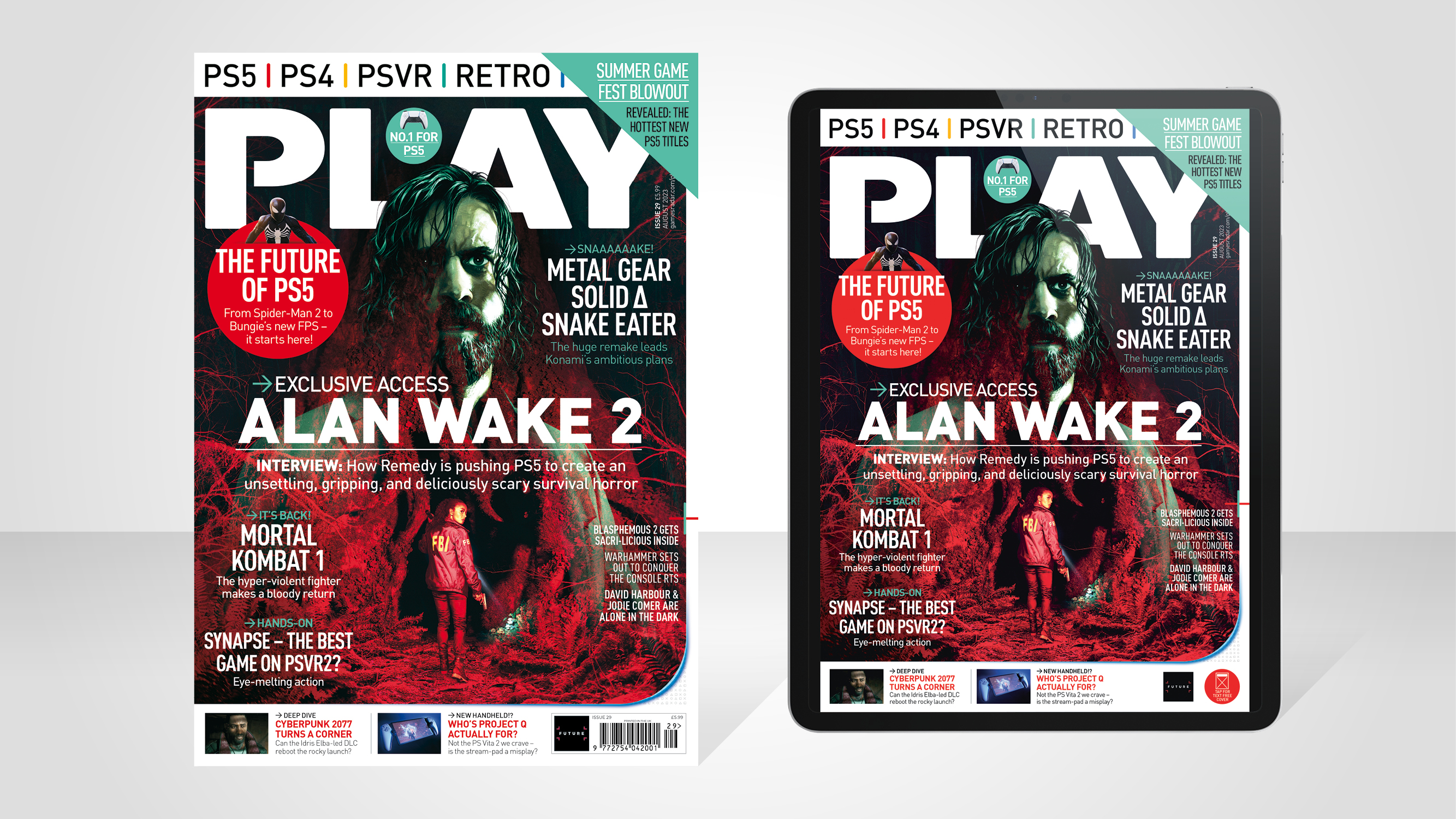
This feature first appeared in PLAY magazine - Subscribe here to save on the cover price, get exclusive covers, and have it delivered to your door or device every month.
Platform: PS1
Year: 1996
For many players, the ideal way to control the second part of Die Hard Trilogy – three games in one based on the films – was by guiding a crosshair around the screen with a controller. Admittedly that was a cumbersome and clunky approach that meant John McClane was a fair bit more hamfisted than in the movie.
Players who had access to Konami’s Hyper Blaster (called The Justifier in Japan) were able to step up their game with more accuracy. However, it was more like using a laser pointer than really aiming and shooting. Eliminating terrorists was never easier; actually getting your hands on the Hyper Blaster was something of a challenge.
Lethal Enforcers 1 and 2
Platform: PS1
Year: 1997
The Lethal Enforcers series, which first entered arcades in 1992, stands out in this list for one very good reason: all in-game characters were created from digitised photographs. That realistic (for its time) violence made it controversial. With a strong Miami Vice flavour, it saw the player roaming streets as a cop, shooting at petty criminals while avoiding civilians. However, the game had its positive side; the console release is what spurred Konami to create the Hyper Blaster lightgun.
Starsky and Hutch
Platform: PS2
Year: 2003
Sign up to the GamesRadar+ Newsletter
Weekly digests, tales from the communities you love, and more
Nifty drivers would play this co-op shooter as Starsky; trigger-happy buddies played as Hutch and hung out the window brandishing a weapon. On this side of the TV, that was probably Namco’s G-Con2 (called GunCon2 elsewhere). As Starsky sped through the streets it was Hutch’s job to blast away the baddies who were trying to evade justice. It wasn’t only criminals who needed shooting – players also had to shoot traffic lights to make them shift from red to green. It wasn’t the easiest task. The actors made shooting from a moving car look much easier on the TV show.
Cabela’s Dangerous Hunts 2011
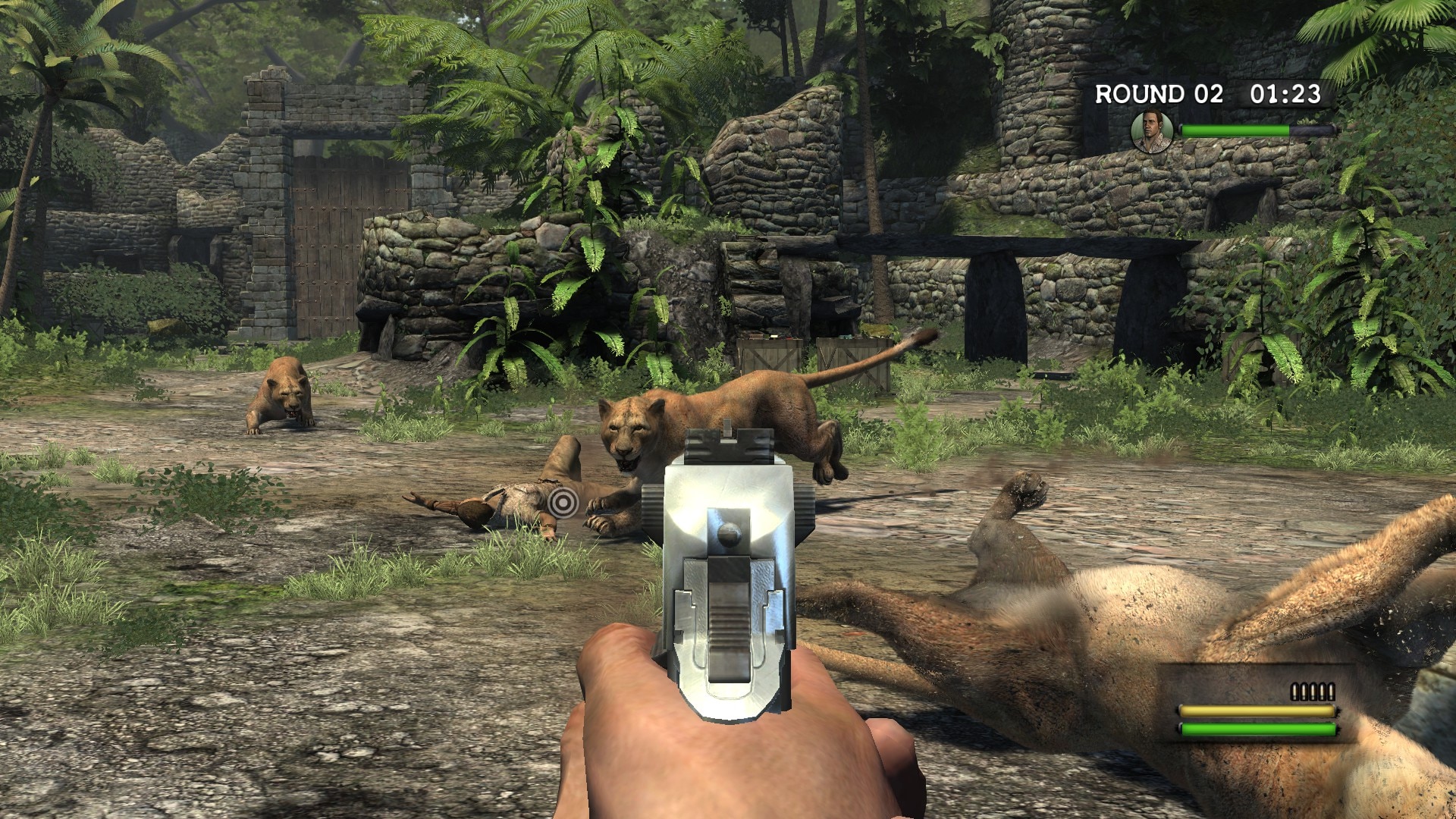
Platform: PS3
Year: 2011
Swerving away from Cabela’s usual ‘stealthy big game hunt’ setup, this title featured a story about hunting a seemingly unstoppable creature. This was more ‘survival’ than ‘hunting’, then, but there were still plenty of guns to shoot, and players could do this using Activision’s Top Shot Elite controller, which could be bought bundled with the game. The Top Shot Elite was the last lightgun for PS3 as the PS Move controllers launched and made them redundant. It was a departure from the handcannon style of the G-Con, modelled on a rifle, with a scope on top and an analogue stick on the handle.
Time Crisis
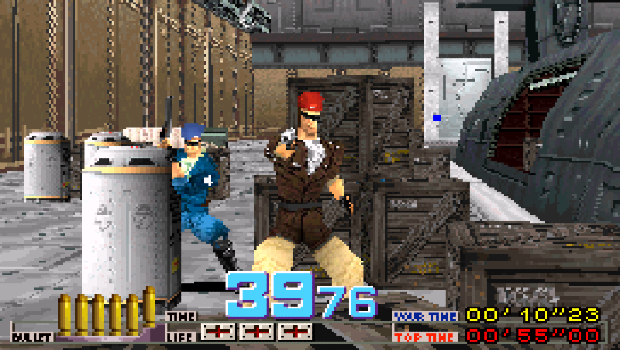
Platform: PS1
Year: 1997
This is perhaps the most famous lightgun game of all – masses of people have played it owing to the arcade version’s popularity, and its propensity to show up in motorway service stations. In arcades, Time Crisis bucked the lightgun trend by including a pedal which allowed players to take cover before popping back out to lay down fire. Combined with a constant countdown, it was a perfectly balanced mechanic which would push you through each area and boss fight – if a player took cover for too long they’d run out of time and be unable to finish the level, but if they took a careless all-action approach they would probably be gunned down. With so many fans, it was only a matter of time before Time Crisis jumped from arcades to consoles, but there would be a down side: lightguns were already expensive, and bundling in a pedal would have killed sales.
Players who didn’t want to fiddle with the oddly placed cover button on the G-Con45 (the Namco-developed de facto Time Crisis home controller) could plug a controller into the second port and put it on the ground. Enter the ingenuity of gamers – cardboard squares Blu-Tacked to the controller to create a makeshift pedal. Or they could yell at a younger sibling to “Press the damn button!” Aside from this awkwardness, the home release of Time Crisis was a superb port and it eliminated the need to pump coins into a machine when you succumbed to death or time ran out. Time Crisis became a blockbuster series spawning many sequels, none of which seem to reach home consoles nowadays, which is a shame given the technology we have. Time Crisis VR anyone?
Resident Evil Survivor
Platform: PS1
Year: 2000
Survivor was a stark departure from Resident Evil’s usual style. Not only did the game use the Namco G-Con45 lightgun, it was the first title in the series to have a first-person perspective – the previous three games had a third-person point of view. Some might say it was also the first entry in the series to miss the mark on quality, owing to poor implementation of the technology plus slow and ponderous action. So why have we included it on our list? Because it’s a landmark title. It not only went on to spawn several (much better) sequels, it was the only real rival to Sega’s popular House Of The Dead. The House Of The Dead series didn’t arrive on PlayStation until the third instalment hit PS3 in 2012, and it featured full PS Move support rather than using a lightgun. Before that, if you wanted to emulate the zombie shooting arcade classic, you had to make do with Survivor. This was a time when developers weren’t entirely sure what to do with the lightgun hardware and not everyone wanted to emulate the arcade experience.
Survivor’s developers definitely struggled to find the right approach, and the game featured a combination of using the controller to guide the protagonist in free-roam with switching to shooting with the lightgun for the action sequences. It was a mixed experience, then, and one only possible in Europe and Japan, where players would find the full experience as described. In America the lightgun support was stripped out completely owing to the unfortunate timing of the game’s release, right after the Columbine High School shooting.
Point Blank
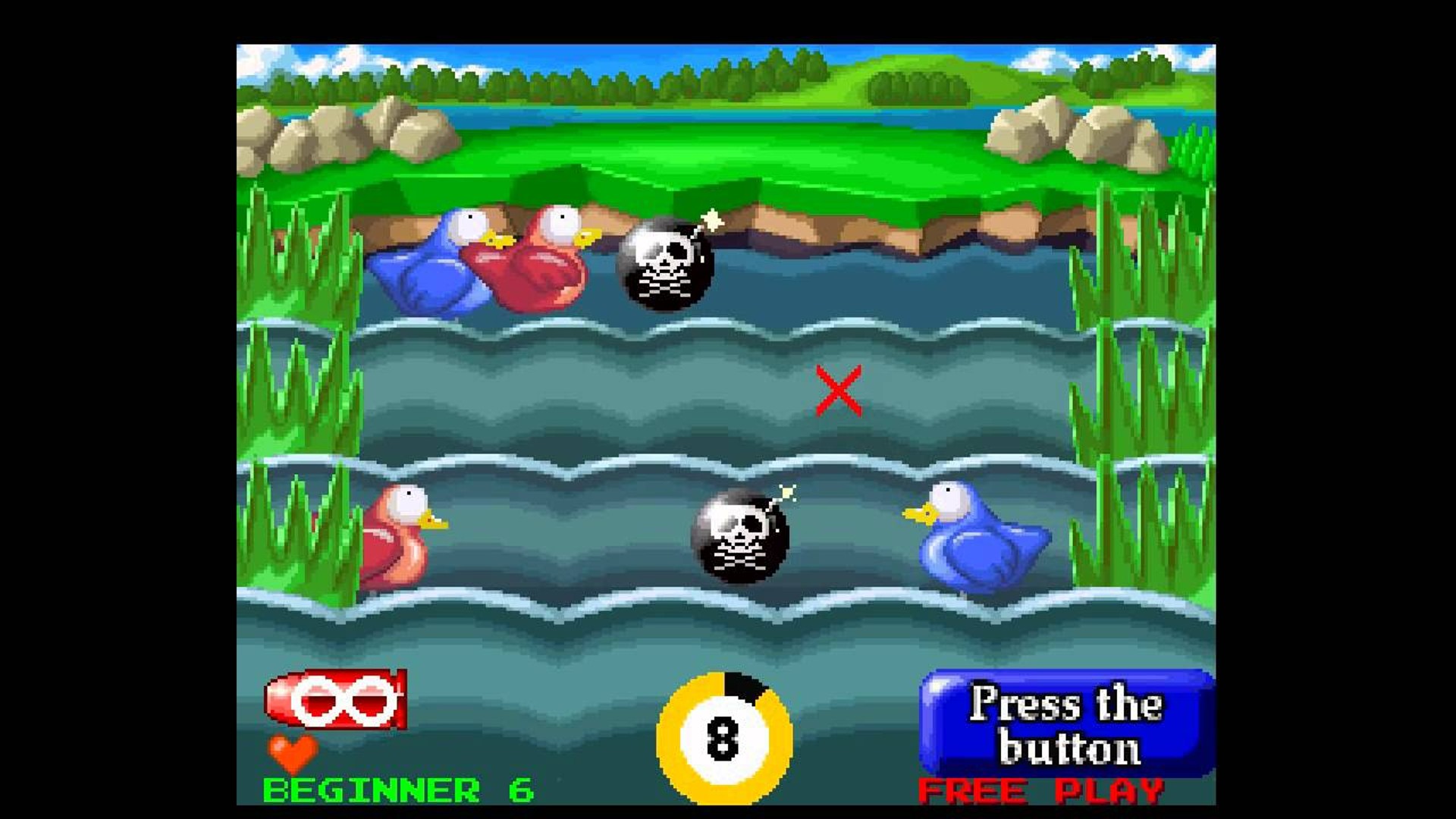
Platform: PS1
Year: 1998
Made famous in the arcades of Japan, the Point Blank series’ biggest attractions were its minigame features and cartoon visuals. It used the Namco G-Con45 and players would tackle various challenges – among them, memory, which required players to memorise objects and shoot them in a specific order; speed, in which targets and timers combined; and accuracy, which asked players to land shots on increasingly smaller targets. Point Blank appealed to everyone and largely dodged arguments over violence.
Time Crisis: Razing Storm
Platform: PS3
Year: 2010
If any game is to feature twice on this list, it must surely be Time Crisis. Although this isn’t ‘just another cover shooter’. Razing Storm was actually a small compilation of games, all of which were pretty stellar. There was the titular Razing Storm, which added destructible environments to the usual Time Crisis fare. Time Crisis 4, undoubtedly the better of the series’ entries, was in there too. Lastly, and probably most importantly, Deadstorm Pirates was a stonking adventure on the high seas and easily the standout game in the collection owing to its weaponry and departure from the usual cops-and-robbers template of so many other lightgun games. And if you didn’t have a G-Con3, you could use PS Move controllers (which, sadly, didn’t lead to a lightgun game renaissance).
Men in Black: Alien Crisis
Platform: PS3
Year: 2012
Players who’d bought Cabela’s Dangerous Hunts were stuck with the swish but relatively unsupported Top Shot Elite. Though interest in lightguns was waning due to Sony developing the Move controllers, the Top Shot Elite got another game in the shape of Men In Black: Alien Crisis. Released alongside the third film, this game follows Agent P (voiced by Troy Baker) who must stop, well, an alien crisis. Sadly this was not the swan song envisioned for the fabulous lightgun; the game was universally panned. We’re not sure how you can get aliens, guns, and humour so badly wrong.
Virtua Cop: Elite Edition
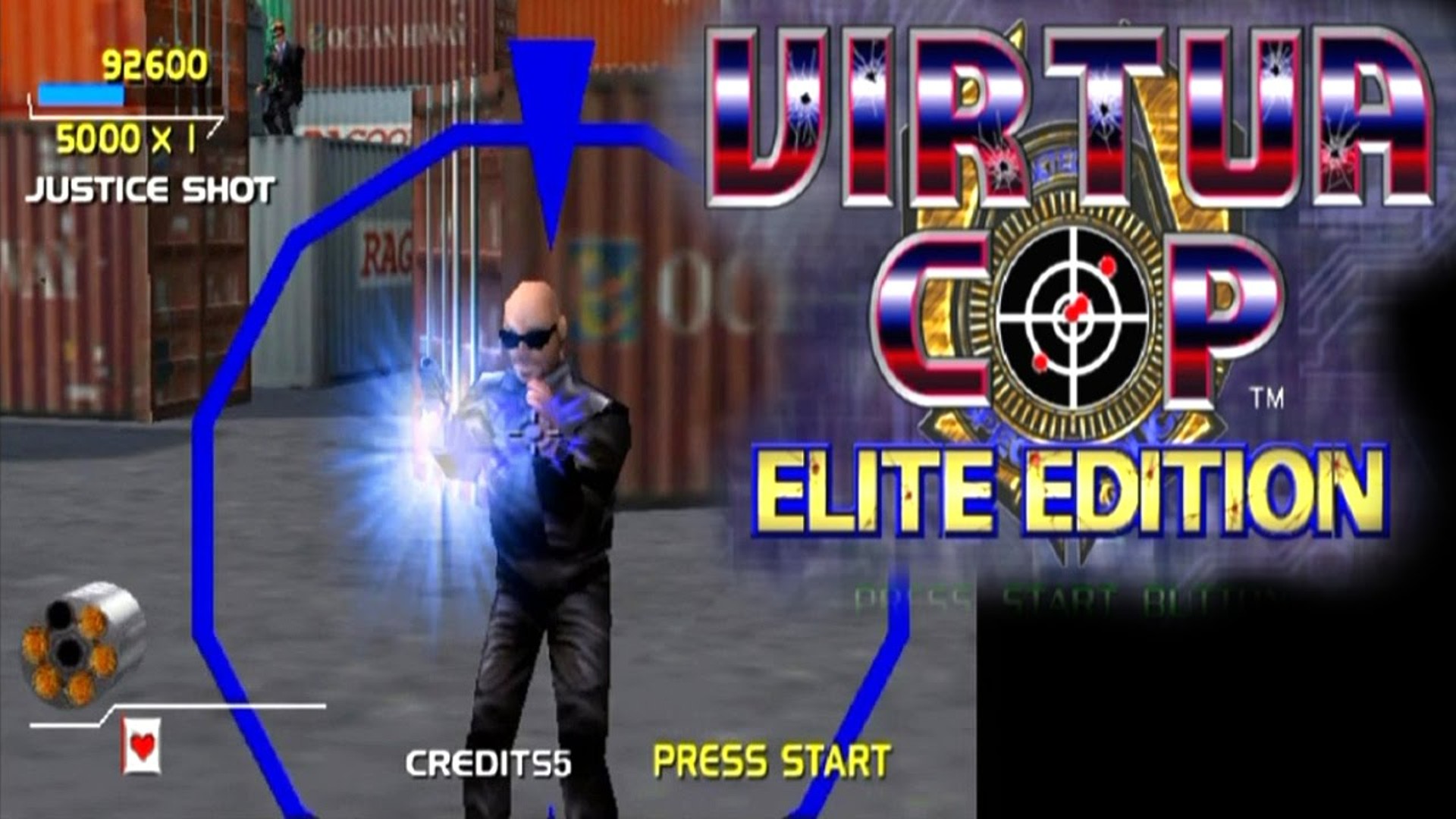
Platform: PS2
Year: 2002
At first, players and critics were sceptical of the Virtua Cop series. With Konami using digitised photos in its leading shooter, some were wary of Sega’s use of 3D polygons. However, in the arcades, the game was a smash. Virtua Cop bridged the gap between graphic violence and cartoon-style visuals, and there was even a feature allowing you to disarm criminals instead of killing them. Players felt the use of 3D models made for a more enjoyable experience as a higher level of accuracy was needed. Elite Edition bundled the first two games together in an almost-perfect arcade port.
This feature first appeared in PLAY magazine - Subscribe here to save on the cover price, get exclusive covers, and have it delivered to your door or device every month.
Dan has been playing games for over thirty years, from back when controllers had one button. Thankfully he has managed to keep up with his favourite hobby at his age. You can normally find him playing Roguelikes or Battle Royales, both of which are his specialist subject. When he isn't playing games, he's writing about them in books and articles. If he had to pick a favourite game, it would be The Binding of Isaac or Final Fantasy IX.
